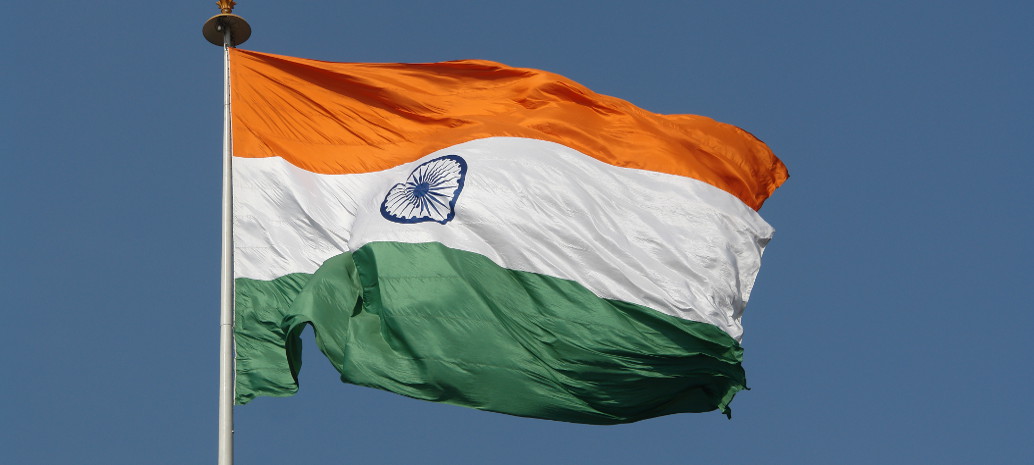Allocating India’s additional domestic gas supply to the power sector would enable some existing stranded and underutilized gas-based plants to serve as the flexible generation, providing an interim solution to firm variable renewable energy while battery storage scales up and becomes cost-competitive—according to a new report by the Institute of Energy Economics and Financial Analysis (IEEFA).
“Energy storage will be critical to managing higher levels of renewable generation,” says report author Purva Jain, Energy Analyst and Guest Contributor at IEEFA. “To tide over the period until storage options become more widely available and affordable in India, some existing gas-based power plants could serve the peak demand or provide grid-balancing ancillary services.”
“However, any transitional use of gas should be limited to sectors with no competitive alternatives or where gas use supports renewable energy uptake or helps maintain grid flexibility,” Jain adds.
India’s 24.9 GW of gas-based power plants are either stranded or operating at sub-optimal levels due to the shortage of affordable fuel. Of these, 31 gas-based power plants – totaling 14.3 GW capacity – are completely stranded, locking INR 500 billion ($6.3 billion) in bank funding.
Operating 12.5 GW of existing gas capacity as peaking plants, complemented by 20 GW of four-hour battery storage systems, could help India meet the maximum peak demand anticipated in the financial year (FY) 2029-30, according to the report.
With an additional 30 Million Metric Standard Cubic Meters Per Day (MMSCMD) of domestic gas supply expected in 2023, the report says the government should consider revising its gas allocation policy to supply the fuel to some of the underutilized and stranded power plants.
The report recommends the government adapts a scheme it had proposed in 2019, which sought to bundle gas-based power produced using imported liquefied natural gas (LNG) with solar power. Given the soaring LNG costs and that global gas prices will likely remain high for the next few years, domestic gas would be a far more cost-effective way than LNG to meet peak demand.
“Blending domestic gas-fuelled electricity and solar power would result in an average tariff below INR 5/kilowatt-hour (kWh) rather than buying at INR 12/kWh, as capped in the spot market for now. This would considerably increase power supply reliability, and the country will not have to go into bouts of load shedding witnessed in the summer months of April-July 2022,” says Jain.
The report says the government’s plans to set up a separate higher price market for gas-based power plants and battery storage could be useful for serving peak demand and maintaining grid stability – but only until gas and battery prices soften. The move allows higher tariffs than the current spot market ceiling rate, as the costs for both gas-based plants and battery storage are currently high.
“This will incentivize developers and investors to utilize existing gas-based plants and deploy more storage technologies,” says Jain.
The report also recommends that the government expedite efforts to utilize green hydrogen for fertilizer production instead of grey hydrogen from natural gas. Instead, the government could allocate the required domestic gas to the power sector under a “no cut” category.
This content is protected by copyright and may not be reused. If you want to cooperate with us and would like to reuse some of our content, please contact: editors@pv-magazine.com.









By submitting this form you agree to pv magazine using your data for the purposes of publishing your comment.
Your personal data will only be disclosed or otherwise transmitted to third parties for the purposes of spam filtering or if this is necessary for technical maintenance of the website. Any other transfer to third parties will not take place unless this is justified on the basis of applicable data protection regulations or if pv magazine is legally obliged to do so.
You may revoke this consent at any time with effect for the future, in which case your personal data will be deleted immediately. Otherwise, your data will be deleted if pv magazine has processed your request or the purpose of data storage is fulfilled.
Further information on data privacy can be found in our Data Protection Policy.